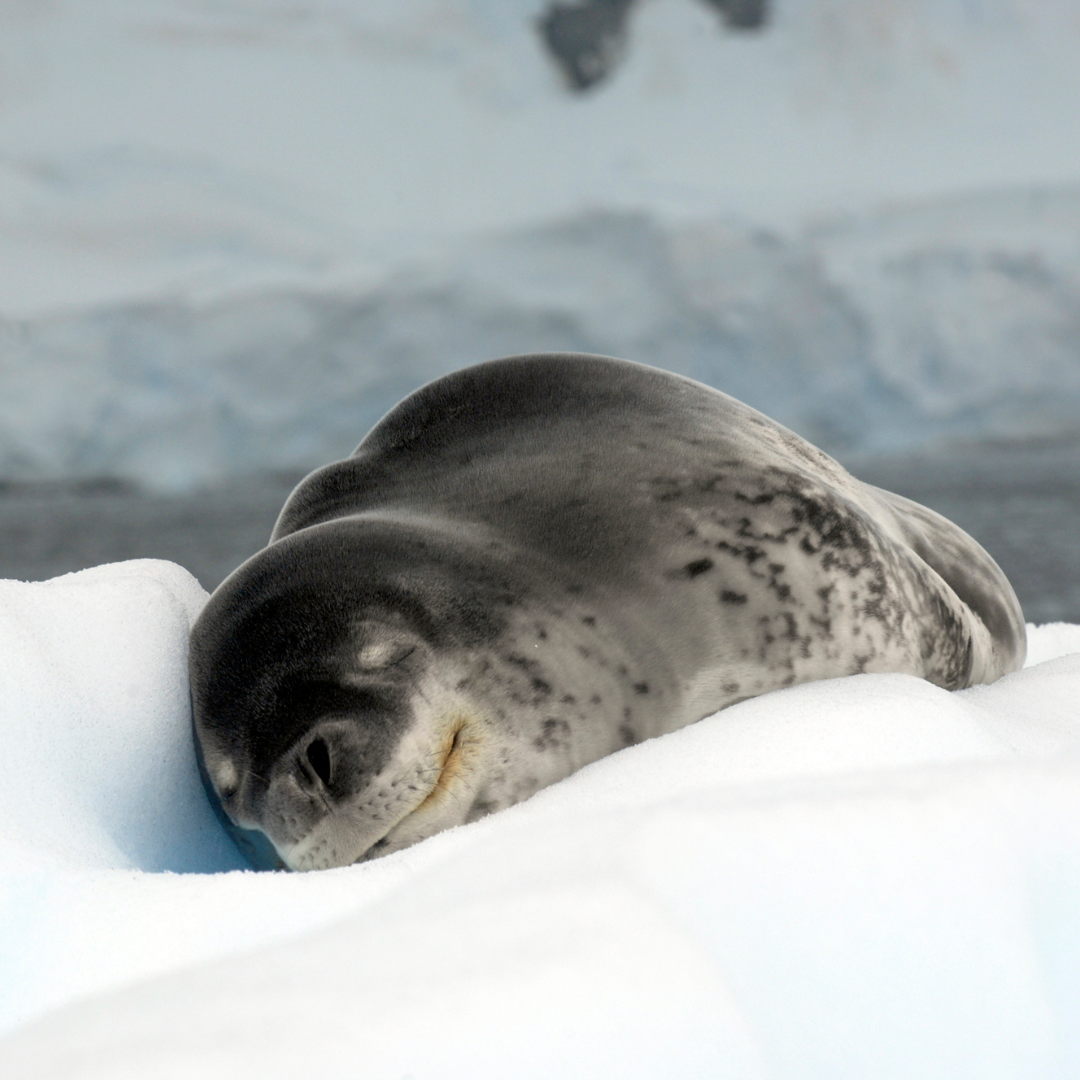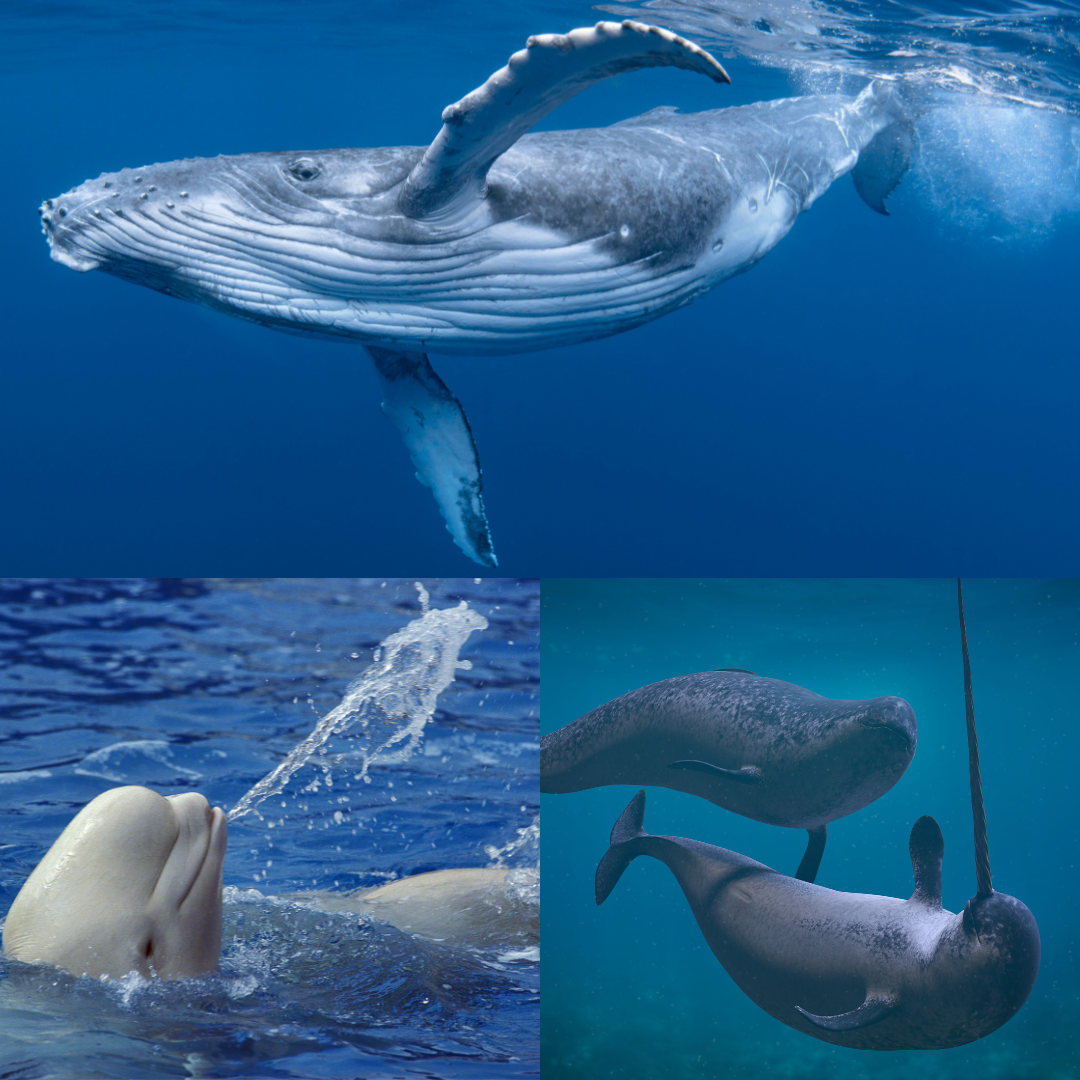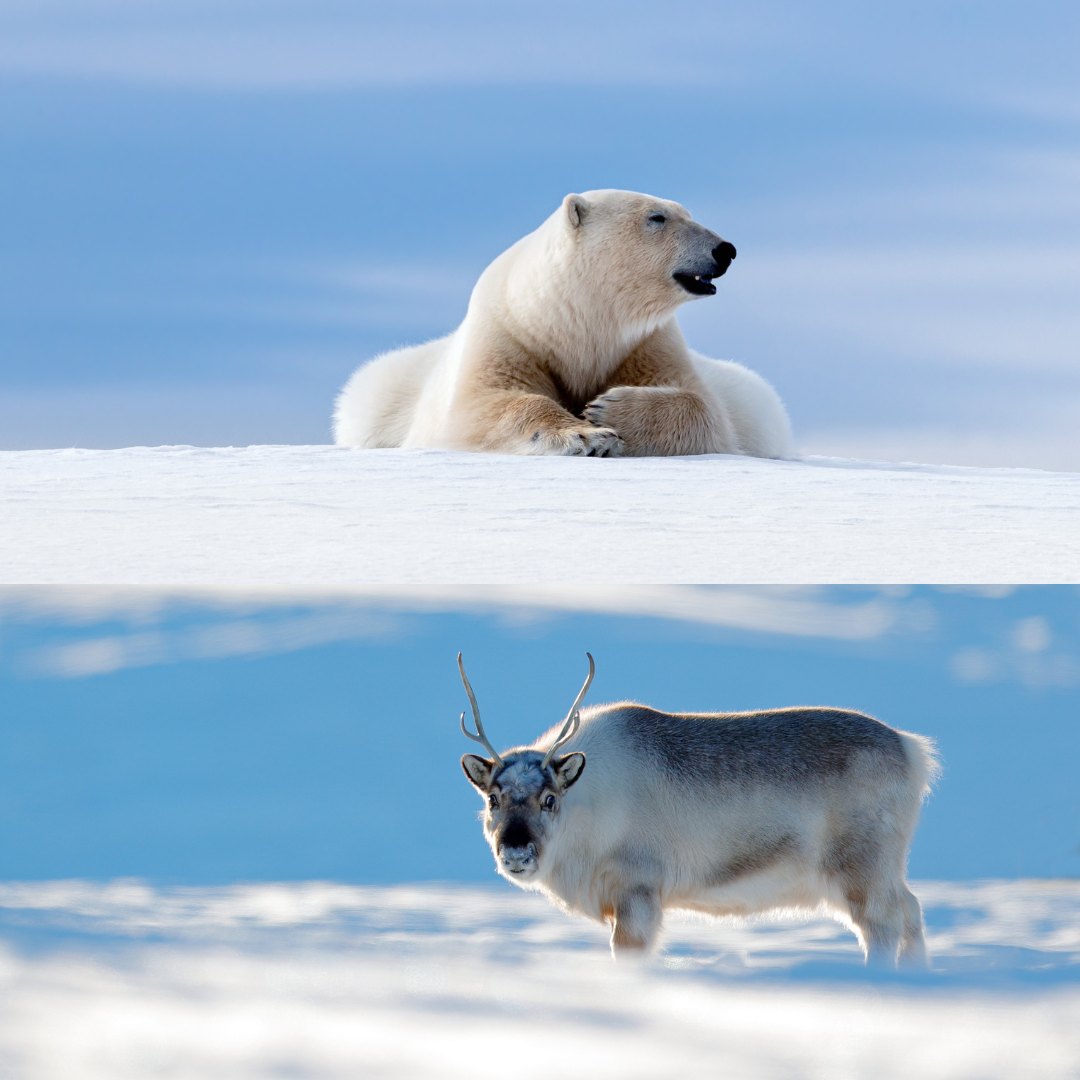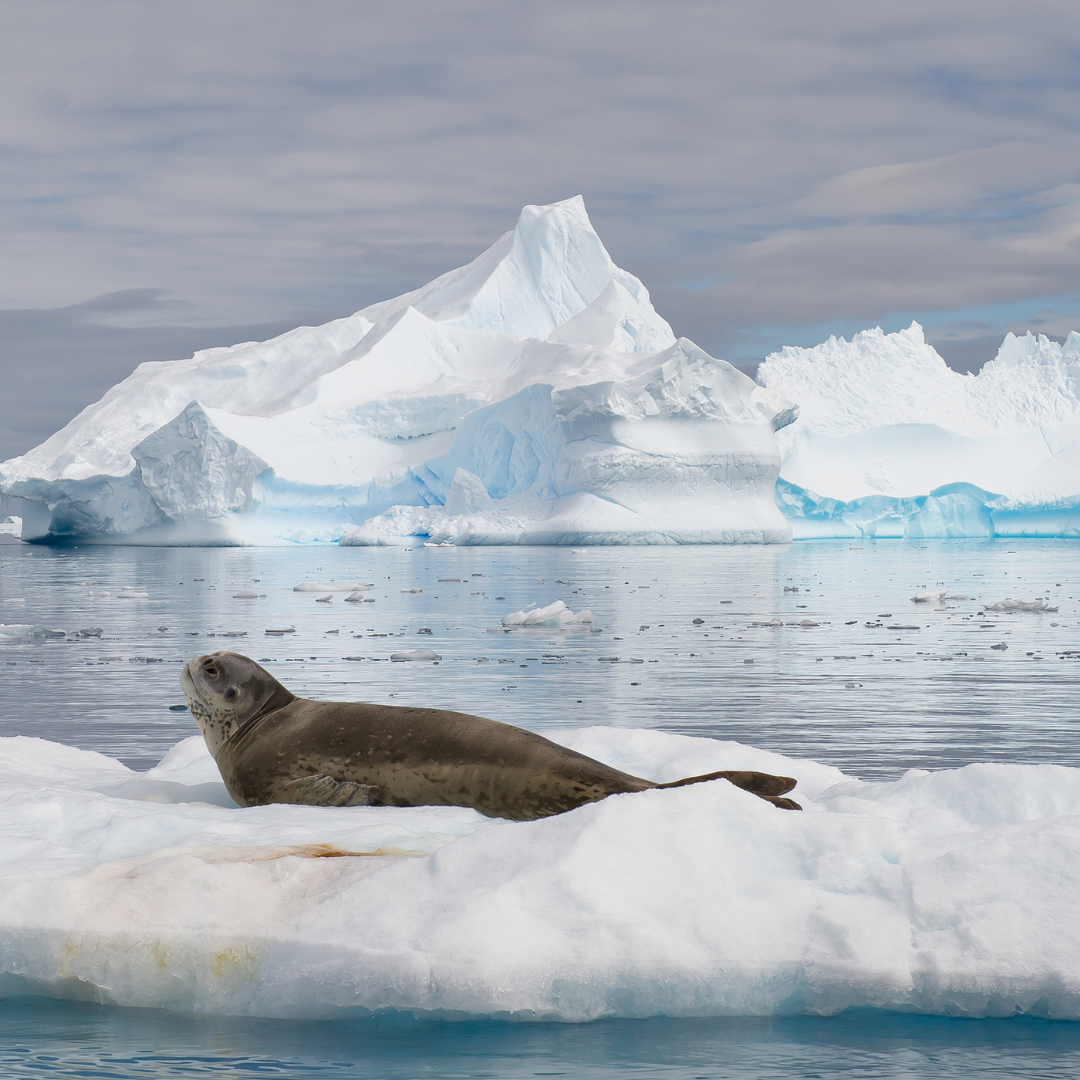In the vast and frozen expanse of Antarctica, an enigmatic and powerful predator thrives the Antarctic leopard seal. These formidable creatures, known as the guardians of the frozen realm, reign over the Southern Ocean, embodying the resilience and adaptability required to survive in one of Earth’s most extreme environments. Join us as we delve into the captivating world of Antarctic leopard seals, exploring their unique characteristics, role in the ecosystem, and their crucial place in the Antarctic ecosystem.
Masters of the Antarctic Waters:
Antarctic leopard seals are apex predators, embodying the grace and strength necessary to navigate the icy and treacherous waters that characterize their habitat. With their muscular bodies, sharp teeth, and powerful jaws, they are efficient hunters, feeding on a variety of prey including penguins, fish, squid, and other seals. Their streamlined form and exceptional swimming abilities allow them to navigate effortlessly through frigid waters, making them highly successful marine predators.
Distinctive Appearance:
The Antarctic leopard seals’ striking appearance is characterized by their dark gray or black backs, contrasting with their lighter undersides. They derive their name from the unique markings that resemble the spots of a leopard, giving them an instantly recognizable presence. Their robust bodies can reach lengths of up to 10-12 feet, further adding to their visual impact. These distinctive features enable them to blend into their icy surroundings, providing essential camouflage while hunting and evading predators.
Top Carnivores:
As top carnivores of the Antarctic ecosystem, leopard seals play a crucial role in maintaining the balance of the food web. Their predation on various species regulates populations and ensures the health of their prey populations, preventing overpopulation and maintaining biodiversity. They serve as guardians, contributing to the delicate ecological equilibrium within the Southern Ocean.
Intelligent and Resourceful:
Leopard seals exhibit high levels of intelligence and resourcefulness in their hunting strategies. They are known for employing patience, stealth, and adaptability when seeking out their prey. Leopard seals have been observed using various hunting techniques, including ambushing from the water or ice, launching surprise attacks, and even herding groups of penguins to their advantage. Their ability to adapt their hunting techniques confirms their status as highly intelligent and resourceful predators.
Insight into Antarctic Ecosystems:
Understanding the behavior and ecology of leopard seals provides valuable insights into the functioning of the Antarctic marine ecosystem. Through research and careful observation, scientists can gain a deeper understanding of predator-prey interactions, population dynamics, and the overall health of the region. This knowledge is essential for effective conservation strategies and the long-term preservation of the delicate ecosystems of Antarctica.
Conservation Challenges:
Like many species in Antarctica, leopard seals face potential threats from environmental changes, including the impacts of climate change. These changes can affect their access to food sources, breeding habitats, and sea ice dynamics. Recognizing the importance of safeguarding their habitat and ensuring the long-term survival of leopard seals is crucial in preserving the integrity of the Antarctic ecosystem.
Antarctic leopard seals, the guardians of the frozen realm, epitomize the strength, adaptability, and intelligence necessary to thrive in one of the Earth’s harshest environments. Their distinctive appearance, top predator status, and crucial role in the Antarctic ecosystem make them a symbol of resilience and power. By appreciating the significance of Antarctic leopard seals and supporting conservation efforts, we contribute to the preservation of their delicate habitat and the safeguarding of the frozen realm they call home.




